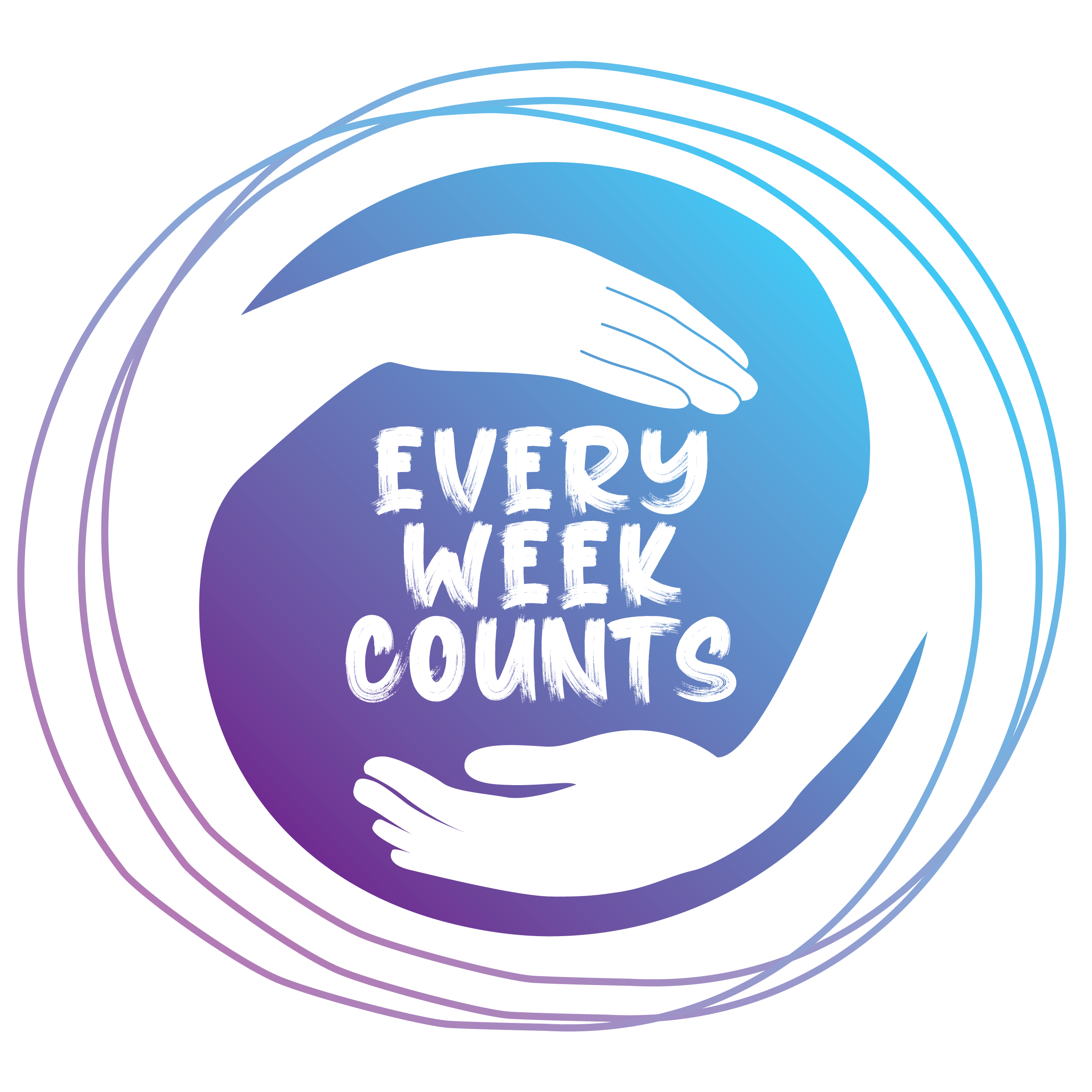
Supporting women and families in last few weeks of pregnancy

Over the past two decades clinicians considered 37 to 41 weeks of gestation to be a term pregnancy, and there was an assumption that birth outcomes at 37 weeks were similar to those at 38, 39 or 40 weeks.
There is a growing body of evidence and literature that shows there is very important development, particularly brain development, that happens in the last few weeks of pregnancy.
This website provides an overview of the benefits for babies who are born closer to their due date at 40 weeks – as long as the pregnancy is healthy and progressing without any issues.
When discussing the timing of birth with expectant mothers, clinicians face decisions about whether to schedule birth or wait for labour to begin naturally, and this discussion is even more pertinent when there are health complications. Determining the optimal timing of birth involves balancing the short and long-term health benefits to the mother and her baby, with any risks specific to her pregnancy.
Birth before 40 weeks may be necessary. However, for each additional week of gestation achieved there are significant reductions in risk – delaying the birth by even a few days may be beneficial, providing it is safe to do so.

Delaying the birth by even a few days may be beneficial, providing it is safe to do so.

Awareness of the association between early planned birth and child development at school age, together with the fact that the timing of planned birth is modifiable, has led us to support strategies, such as this website, to provide information that may assist in ensuring optimal child health and development.

The weekly stillbirth rate remains less than 1 per 1000 ongoing pregnancies up to 40 weeks, rising to more than 1 per 1000 ongoing pregnancies at 41 weeks and beyond. The rate of stillbirth has been calculated using the fetus-at-risk approach. This approach takes into account all fetuses in utero (yet to be born) at a given gestational age, in addition to those born in that week. For example, fetuses at risk of stillbirth at 35 weeks include babies born at 35 weeks as well as those yet to be born in subsequent weeks. As the pool of women remaining pregnant becomes smaller each week, the weekly rate of stillbirth increases, (as this is the number of stillbirths divided by a decreasing number of fetuses yet to be born and therefore at risk).
The National Health and Medical Research Council (NHMRC) Centre of Research Excellence in Stillbirth (Stillbirth CRE) has led the development of the eLearning modules which provide evidence-based and collaboratively designed learning resources for healthcare professionals working with pregnant women.
The following modules are available:
Click to register for free access to the Safer Baby Bundle and IMPROVE eLearning modules.
We recognise Aboriginal & Torres Strait Islander People as the traditional custodians of the lands on which we live and work and acknowledge that sovereignty of the land we call Australia has never been ceded. We commit to listening to and learning from Aboriginal and Torres Strait Islander people about how we can improve experiences & outcomes of healthcare for Aboriginal & Torres Strait Islander children and young people, their families & communities.
We acknowledge Māori as tangata whenua (original inhabitants) and Treaty of Waitangi partners in Aotearoa New Zealand. We recognise the tikanga (customary practices) of Maori and support their right to tino rangatiratanga (sovereignty). We commit to listening to and learning from Māori people about how we can improve experiences & outcomes of healthcare for Māori children and young people, their families & communities.